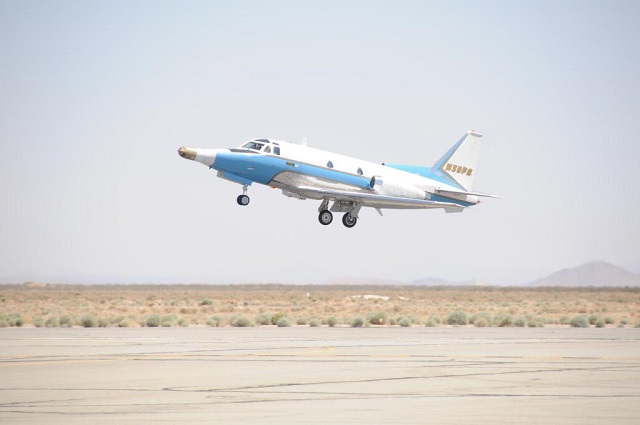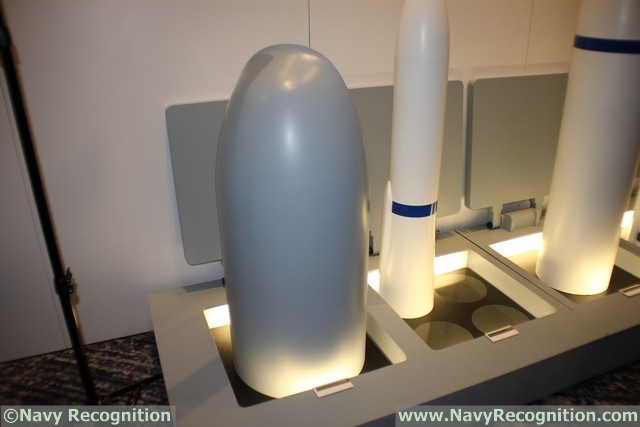 T-39
aircraft with Raytheon modular, multi-mode processor. Picture: Raytheon T-39
aircraft with Raytheon modular, multi-mode processor. Picture: Raytheon |
|||
"Tomahawk
is evolving to meet the U.S. Navy's need to add offensive punch and expand
the overall power of the fleet worldwide," said Mike Jarrett, Raytheon
Air Warfare Systems vice president. "The seeker test has successfully
demonstrated the superior capability and maturity of our seeker technology
against a variety of targets that resemble today's threats." U.S. surface combatants and submarines require a robust, long-range strike capability to defeat emerging mobile threats. Since 2005, Raytheon Missile Systems has invested heavily in seeker technology development for Tomahawk to detect, discriminate and engage moving maritime and land-based targets, in all-weather at significant tactical stand-off range. In June, 2014, RMS successfully demonstrated seeker components in a similar captive flight test. The December, 2015, captive flight test of the seeker demonstrated Technology Readiness Level 6 (Prototype in Representative Environment) of the seeker components needed to meet the moving land and maritime strike requirements. These improvements enhance the current Tomahawk long-range precision strike/land attack role. |
|||
 Tomahawk
model on display at the Raytheon booth during SNA 2016 Tomahawk
model on display at the Raytheon booth during SNA 2016 |
|||
About
Tomahawk Block IV With a range of approximately 1,000 statute miles, the Tomahawk Block IV missile is a surface- and submarine-launched, precision strike, stand-off weapon. Tomahawk is designed for long-range precision strike missions against high-value and heavily defended targets. More than 2,000 Tomahawks have been employed in combat. More than 500 Tomahawk flight and production validation tests have been completed. The missile is integrated on all major U.S. surface combatants, as well as U.S. and U.K. sub-surface platforms, including the Los Angeles, Virginia, Ohio, Astute and Trafalgar class submarines. |
|||
SNA 2016: Raytheon completes active seeker test for Tomahawk cruise missile
- Posted On










